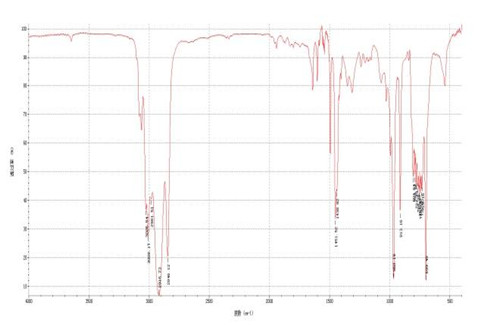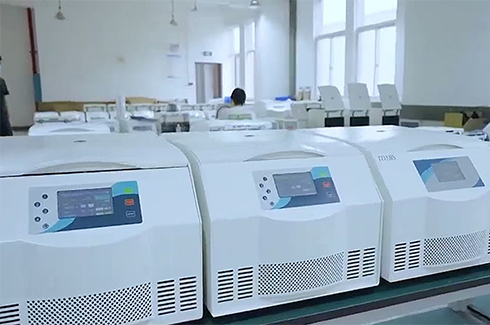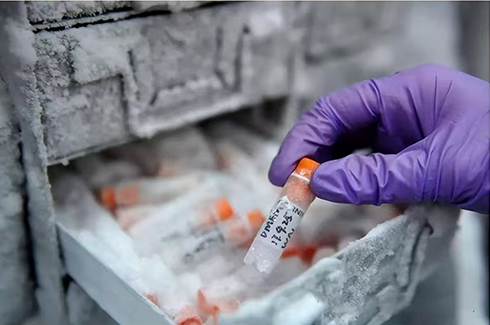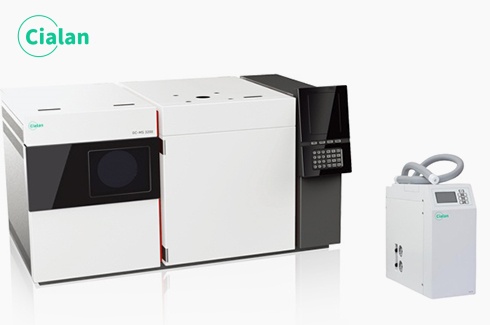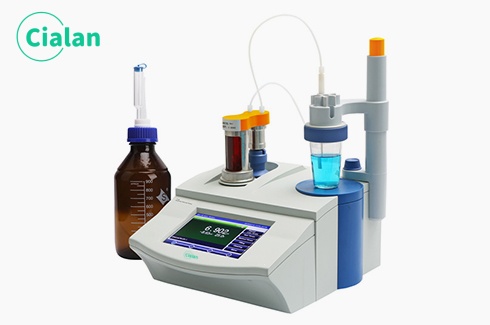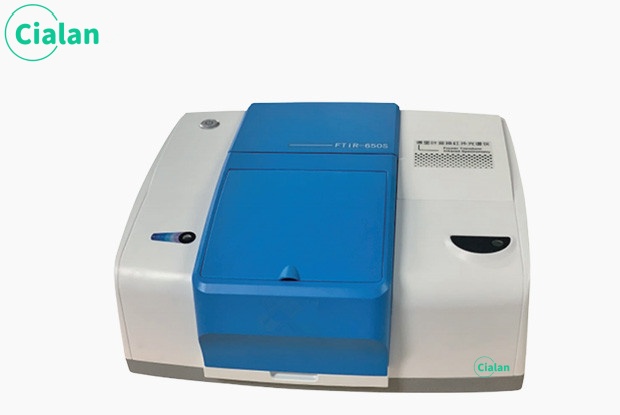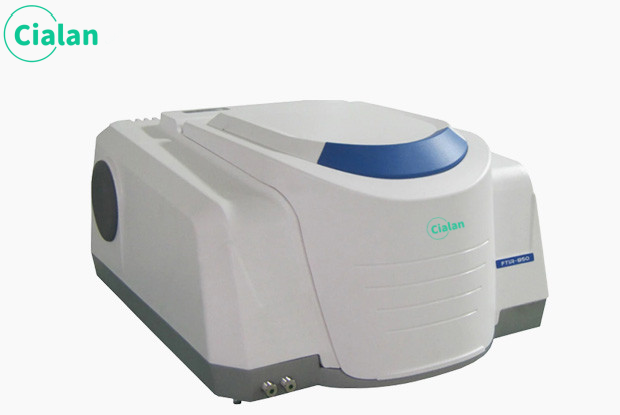What is FTIR spectroscopy?
Introduction to FTIR spectroscopy
Fourier Transform Infrared Spectroscopy, also known as FTIR Analysis or FTIR Spectroscopy, is a technique used to obtain an infrared spectrum of absorption or emission of a solid, liquid, or gas. An FTIR spectrometer simultaneously collects high-resolution spectral data over a wide spectral range. This confers a significant advantage over a dispersive spectrometer, which measures intensity over a narrow range of wavelengths at a time.
The term FTIR originates from the fact that a Fourier transform (a mathematical process) is required to convert the raw data into the actual spectrum.
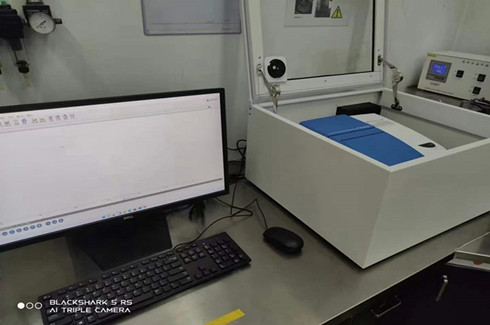
What is it used for?
Infrared spectroscopy as a "molecular fingerprint" is widely used in the study of molecular structure and chemical composition of substances. From the point of view of spectral analysis is mainly the use of the frequency of the characteristic absorption bands to infer the existence of a certain group or bond in the molecule, by the change in the frequency of the characteristic absorption bands to speculate on the proximity of the group or bond to determine the chemical structure of the molecule, of course, can also be characterized by the intensity of the absorption bands of the change in the mixture and compounds for quantitative analysis.
Applications to FTIR spectroscopy
1. Pharmaceutical and chemical
2. Polymer materials research
3. Petrochemical
4. Mineralogy
5. Materials production
6. Biomedical research
7. Semiconductor materials
8. Forensic identification.
9. Gas analysis
10. Atmospheric environment monitoring.

What are the advantages ?
Infrared spectroscopy has the characteristics of strong characterization, rapid analysis, does not destroy the sample, the amount of sample is small, easy to operate, can analyze a variety of states of the sample, high analytical sensitivity, and a wide range of applications (solid, and liquid or gaseous samples can be applied; inorganic, organic, polymer compounds can be detected), etc., and its chromatography (GC-IR) coupled with the use of chromatography (GC-IR) or the TGA (TGA-IR) coupled with the qualitative function is powerful.
1. The scanning speed is fast, and the information of all frequencies is determined simultaneously within the scanning time.
2. Has a very high resolution.
3. High sensitivity. No need for a slit and monochromator, higher energy passes through.
4. High accuracy advantages.
How does it work?
The light from the light source is divided into two beams by the fractionator, one beam reaches the moving mirror by transmission and the other beam reaches the fixed mirror by reflection. The two beams of light were reflected by the fixed mirror and the moving mirror and then back to the beam splitter, the moving mirror to a constant speed for linear motion, and thus the beam splitter beam after the formation of the two beams of light to form the optical range difference, resulting in interference. Interference light in the beam splitter convergence through the sample cell, through the sample after the interference light containing sample information to the detector, and then through the Fourier transform signal processing, and ultimately get the transmittance or absorbance with the number of waves or wavelength of the infrared absorption spectra.
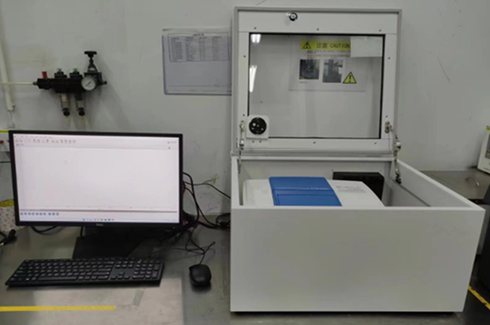
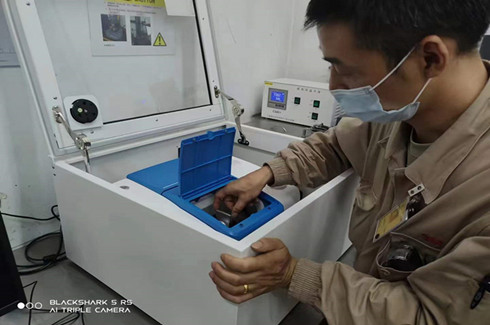
How to read the spectrum?
1. Checking the spectrogram for conformity.
2. Understand the source of the sample, the physical and chemical properties of the sample, data from other analyses, the sample recrystallization solvent, and purity.
3. Exclude possible "false bands".
4. Calculate the degree of unsaturation of the molecule if the molecular formula can be written from other analytical data.
5. Determine the groups contained in the molecule and the type of chemical bonding (functional and fingerprint regions).
6. Determine the structural units of the compound in combination with other analytical data and introduce possible structural formulas.
7. Verification of the molecular structure of known compounds.
8. Comparison of standardized spectra; and
9. Computerized spectral library search.
